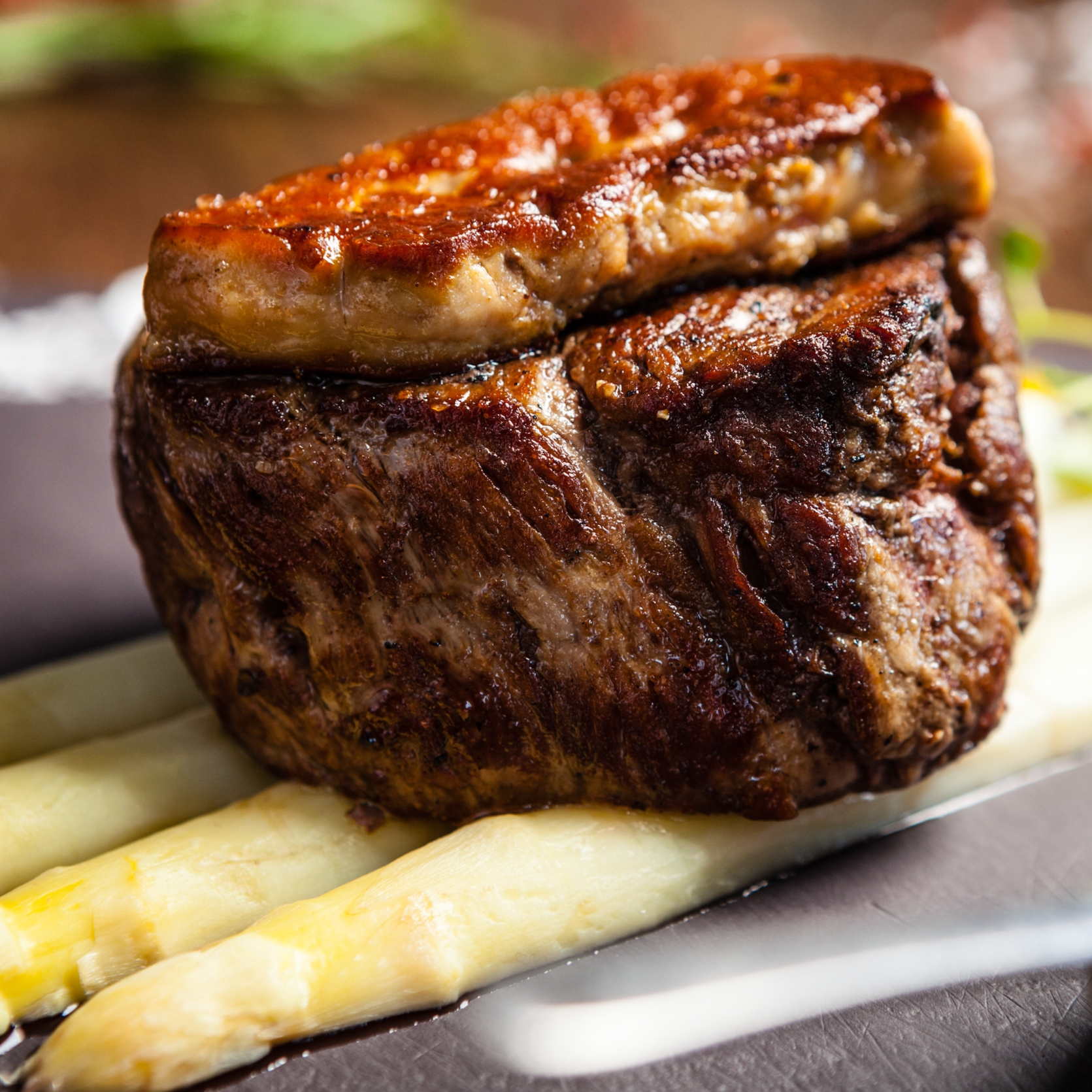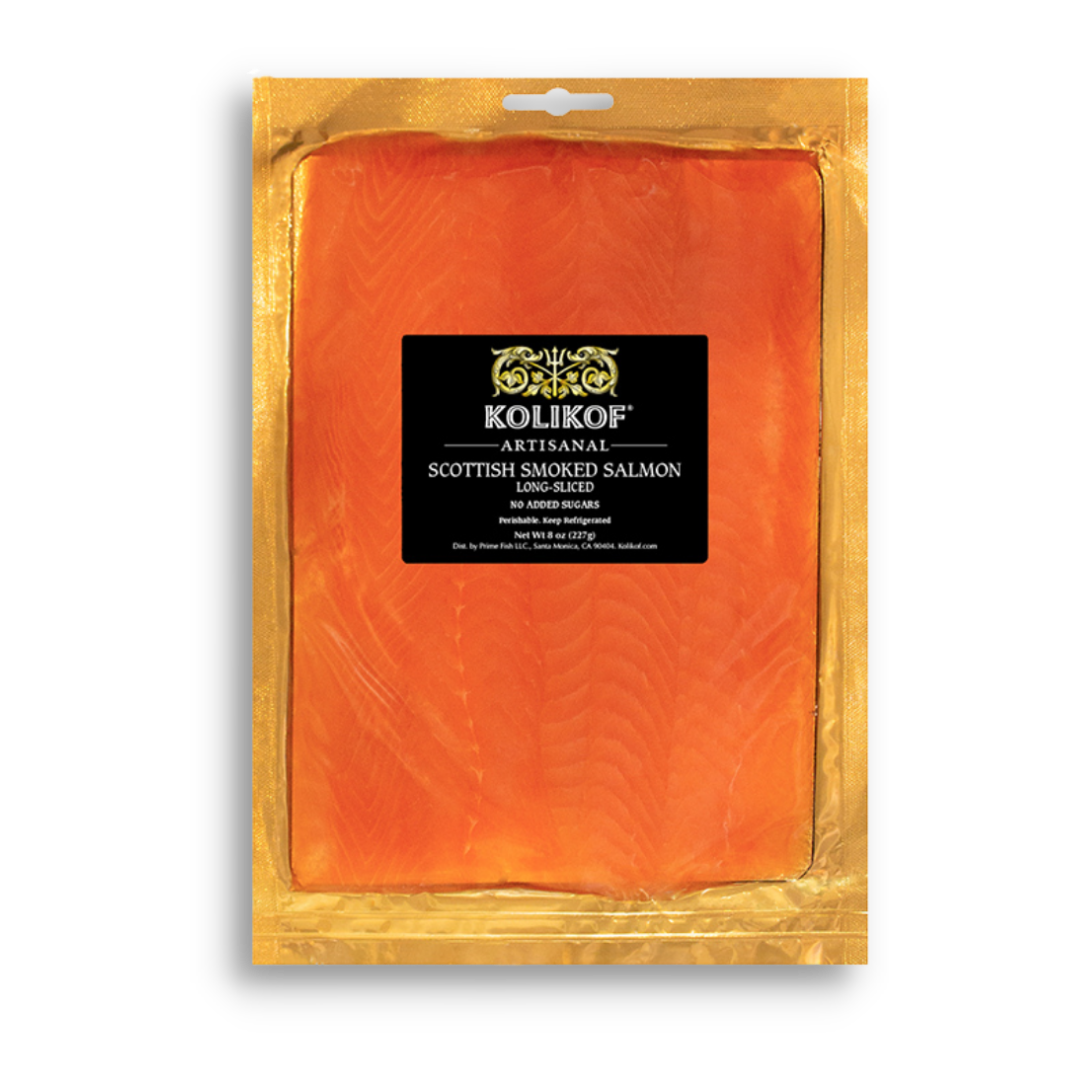What are the crystals in parmesan?
Parmesan cheese is a popular Italian cheese, which is made from cow's milk. This cheese has a unique flavor profile and is commonly used in various Italian dishes. One of the characteristics that make Parmesan cheese stand out is the presence of crystals that form within the cheese as it ages. These crystals, also known as tyrosine crystals, are a hallmark of high-quality Parmesan cheese.
The formation of crystals in Parmesan cheese is a natural process that occurs during the aging of the cheese. As the cheese ages, the moisture in the cheese gradually evaporates, leaving behind concentrated proteins and fats. The proteins in Parmesan cheese are composed of amino acids, including tyrosine. Over time, the tyrosine molecules bind together, forming small, crunchy crystals that give the cheese a unique texture.
The crystals in Parmesan cheese can range in size from small, sand-like granules to larger, crunchy pieces. They are usually found in the interior of the cheese and are visible as small white spots or specks. The size and distribution of the crystals in Parmesan cheese can vary depending on the age of the cheese and the specific conditions under which it was aged.
The presence of crystals in Parmesan cheese is generally considered a sign of high quality. The crystals are an indication that the cheese has been properly aged and that the flavors have had time to develop fully. In addition to adding texture to the cheese, the crystals also contribute to its complex flavor profile. When the cheese is eaten, the crystals release small bursts of intense, nutty flavor that complement the creamy, salty taste of the cheese.
The formation of crystals is not unique to Parmesan cheese. Many other types of aged cheeses, such as aged cheddar, Gouda, and Asiago, also develop crystals as they age. However, Parmesan cheese is particularly known for its distinctive crystal formation and is often used as a benchmark for other cheeses.
When it comes to purchasing Parmesan cheese, the presence of crystals can be an indicator of quality. However, it's important to note that not all Parmesan cheese will have crystals, and the presence of crystals alone is not a guarantee of quality. Factors such as the age of the cheese, the specific conditions under which it was aged, and the quality of the milk used to make the cheese can all have an impact on the final product.
In conclusion, the crystals in Parmesan cheese are a natural occurrence that happens during the aging process. They are composed of tyrosine molecules that bind together over time to form small, crunchy crystals that add texture and flavor to the cheese. While the presence of crystals can be a sign of high-quality Parmesan cheese, it's important to consider other factors when selecting a cheese, such as age and milk quality. Whether you're using Parmesan cheese in a classic Italian dish or enjoying it on its own, the crystals in the cheese are sure to enhance the overall flavor and experience.









